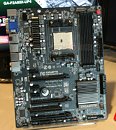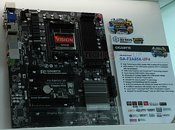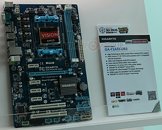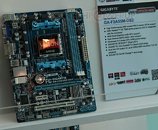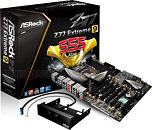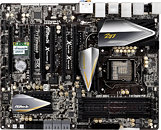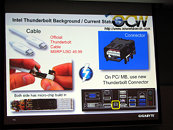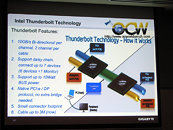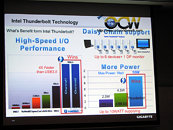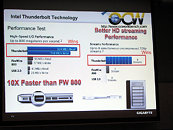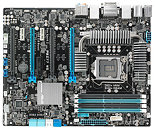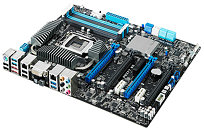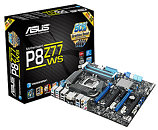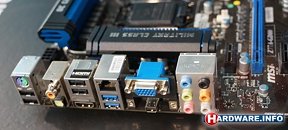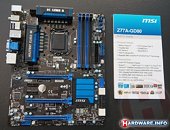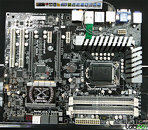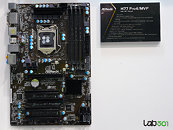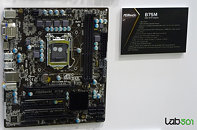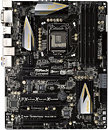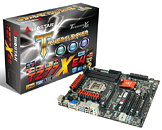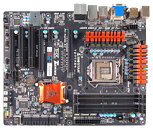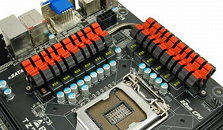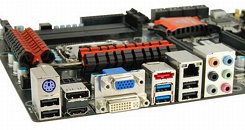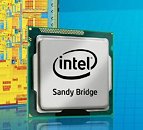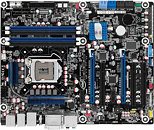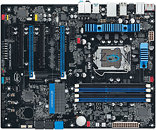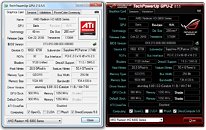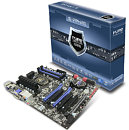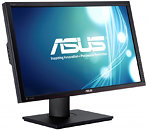
GIGABYTE Also Shows Off its First Socket FM2 Motherboards
Among GIGABYTE's new motherboard extravaganza, are some of its first socket FM2 motherboards, which based on the new AMD A85 FCH chipset (higher price-points) and previous-generation A55 FCH (lower price-points) and support next-generation "Trinity" APUs. Among these are the high-end F2A85X-UP4 with Ultra Durable 5 construction, mainstream F2A55-DS3, and entry-level F2A55M-DS2 Ultra Durable 1 motherboards.
The F2A85X-UP4 is loaded with top-tier VRM components, including high-current ferrite core chokes, IR3550 PowIRstage driver-MOSFETs, which make up an 8-phase CPU VRM. The FM2 socket is wired to four DDR3 memory slots, with support for dual-channel DDR3-2400 MHz by overclocking; and two PCI-Express 2.0 x16 slots (x8/x8, when both are populated). Other expansion slots include three PCI-Express 2.0 x1, a PCI-Express 2.0 x16 (electrical x4), and a legacy PCI, all of which are wired to the A85 FCH.
The F2A85X-UP4 is loaded with top-tier VRM components, including high-current ferrite core chokes, IR3550 PowIRstage driver-MOSFETs, which make up an 8-phase CPU VRM. The FM2 socket is wired to four DDR3 memory slots, with support for dual-channel DDR3-2400 MHz by overclocking; and two PCI-Express 2.0 x16 slots (x8/x8, when both are populated). Other expansion slots include three PCI-Express 2.0 x1, a PCI-Express 2.0 x16 (electrical x4), and a legacy PCI, all of which are wired to the A85 FCH.
